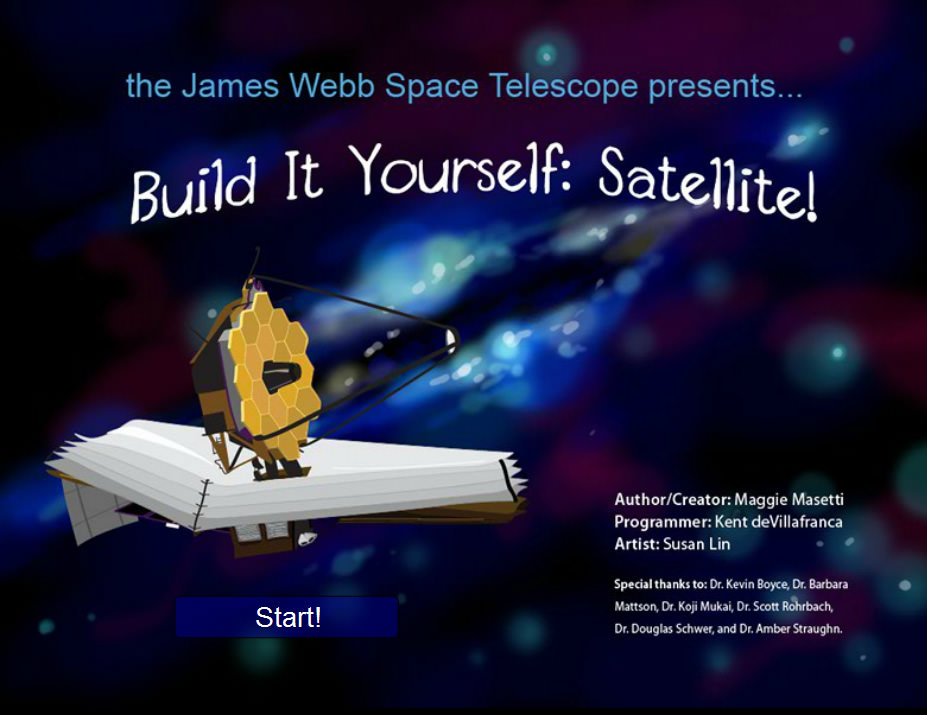The central piece of the “pathfinder” backplane that will hold all the mirrors for NASA’s James Webb Space Telescope (JWST) has arrived at the agency’s Goddard Space Flight Center in Maryland for critical assembly testing on vital parts of the mammoth telescope.
The pathfinder backplane arrived at Goddard in July and has now been hoisted in place onto a huge assembly stand inside Goddard’s giant cleanroom where many key elements of JWST are being assembled and tested ahead of the launch scheduled for October 2018.
The absolutely essential task of JWST’s backplane is to hold the telescopes 18 segment, 21-foot-diameter primary mirror nearly motionless while floating in the utterly frigid space environment, thereby enabling the telescope to peer out into deep space for precise science gathering measurements never before possible.
Over the next several months, engineers will practice installing two spare primary mirror segments and one spare secondary mirror onto the center part of the backplane.
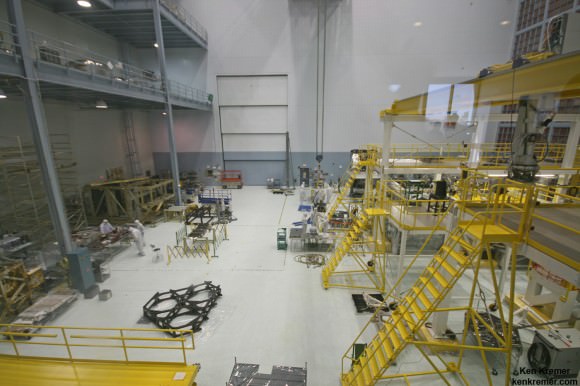
JWST is being assembled here inside the world’s largest clean room at NASA Goddard Space Flight Center, Greenbelt, Md. Primary mirror segments stored in silver colored containers at top left. Technicians practice mirror installation on test piece of backplane (known as the BSTA or Backplane Stability Test Article) at center, 3 hexagonals. Pathfinder backplane has been hoisted into telescope assembly bays at right. Credit: Ken Kremer- kenkremer.com
The purpose is to gain invaluable experience practicing the delicate procedures required to precisely install the hexagonal shaped mirrors onto the actual flight backplane unit after it arrives.
The telescopes primary and secondary flight mirrors have already arrived at Goddard.
The mirrors must remained precisely aligned in space in order for JWST to successfully carry out science investigations. While operating at extraordinarily cold temperatures between -406 and -343 degrees Fahrenheit the backplane must not move more than 38 nanometers, approximately 1/1,000 the diameter of a human hair.
The backplane and every other component must function and unfold perfectly and to precise tolerances in space because JWST has not been designed for servicing or repairs by astronaut crews voyaging beyond low-Earth orbit into deep space, William Ochs, Associate Director for JWST at NASA Goddard told me in an interview during a visit to JWST at Goddard.
Watch this video showing movement of the pathfinder backplane into the Goddard cleanroom.
Video Caption: This is a time-lapse video of the center section of the ‘pathfinder’ backplane for NASA’s James Webb Space Telescope being moved into the clean room at NASA’s Goddard Space Flight Center in Greenbelt, Maryland. Credit: NASA/Chris Gunn
The actual flight backplane is comprised of three segments – the main central segment and a pair of outer wing-like parts which will be folded over into launch configuration inside the payload fairing of the Ariane V ECA booster rocket. The telescope will launch from the Guiana Space Center in Kourou, French Guiana in 2018.
Both the backplane flight unit and the pathfinder unit, which consists only of the center part, are being assembled and tested by prime contractor Northrop Grumman in Redondo Beach, California.
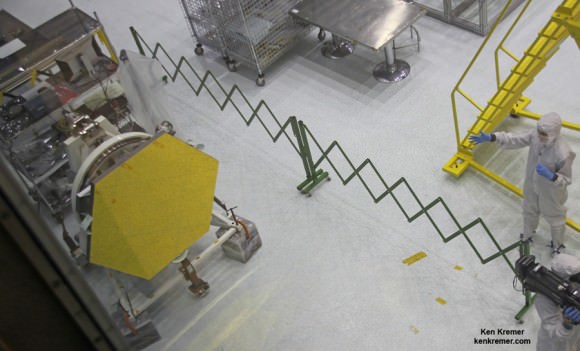
The test unit was then loaded into a C-5, flown to the U.S. Air Force’s Joint Base Andrews in Maryland and unloaded for transport by trailer truck to NASA Goddard in Greenbelt, Maryland.
JWST is the successor to the 24 year old Hubble Space Telescope and will become the most powerful telescope ever sent to space.
Webb is designed to look at the first light of the Universe and will be able to peer back in time to when the first stars and first galaxies were forming.
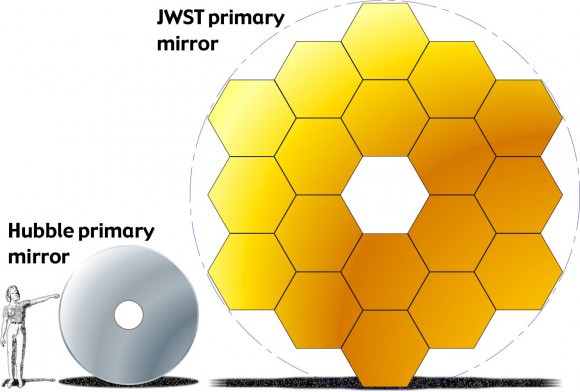
The Webb Telescope is a joint international collaborative project between NASA, the European Space Agency (ESA) and the Canadian Space Agency (CSA).
NASA has overall responsibility and Northrop Grumman is the prime contractor for JWST.
Read my story about the recent unfurling test of JWST’s sunshade – here.
Stay tuned here for Ken’s continuing Earth and Planetary science and human spaceflight news.
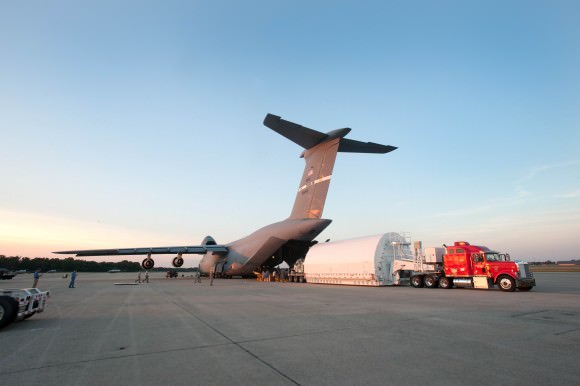
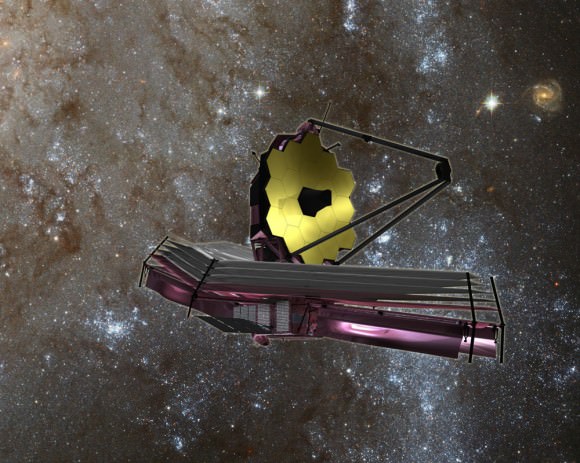

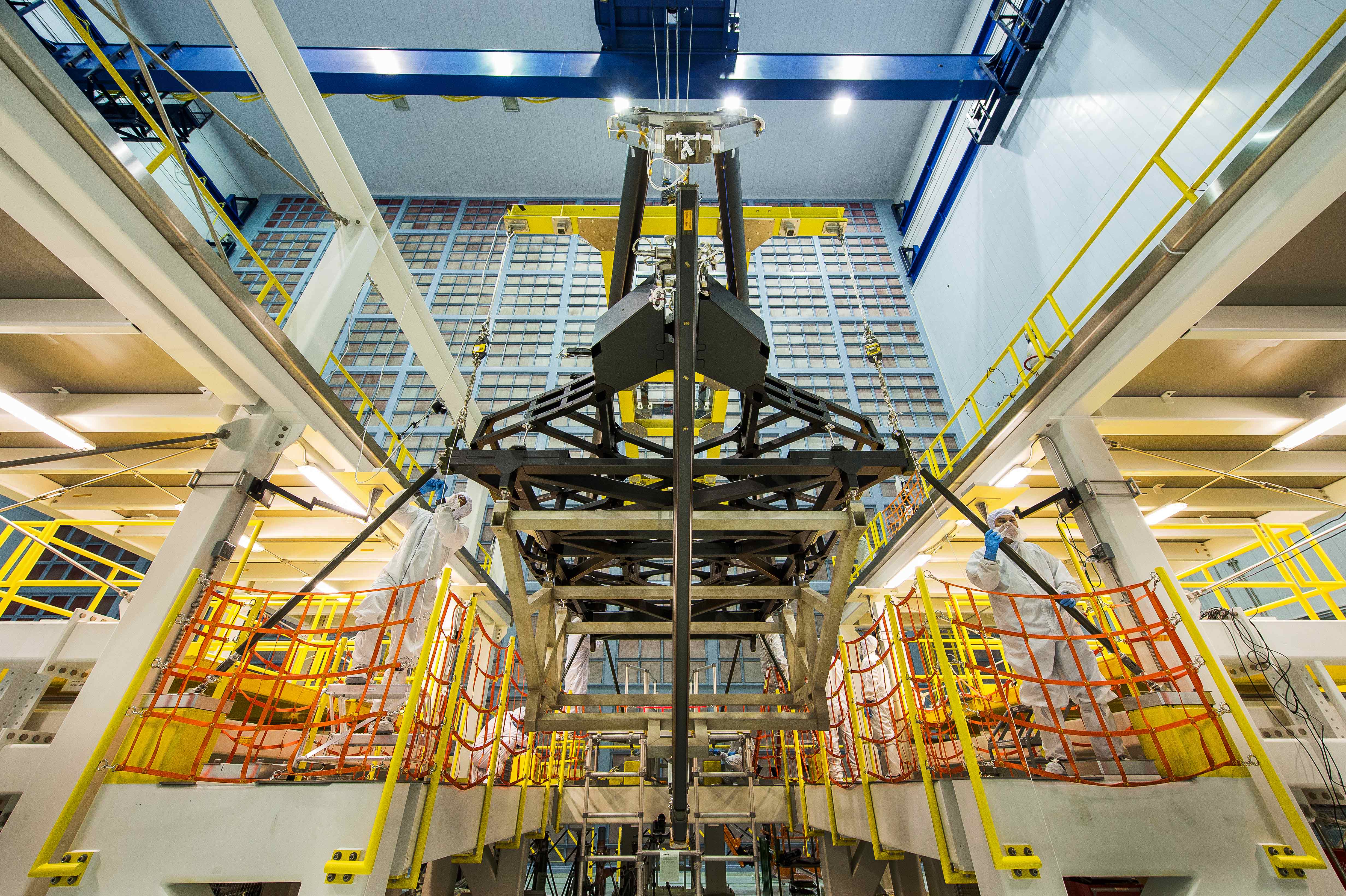
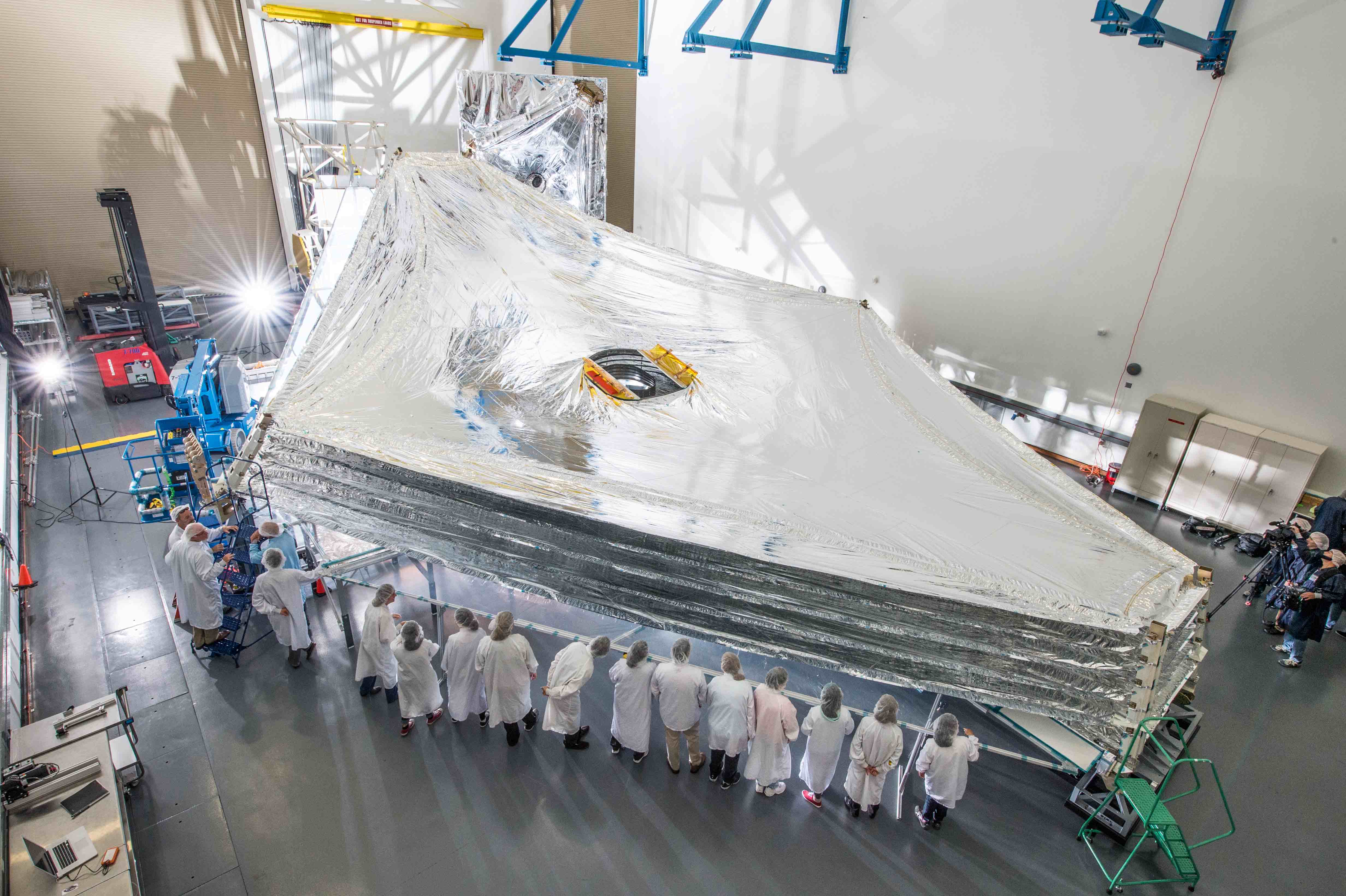

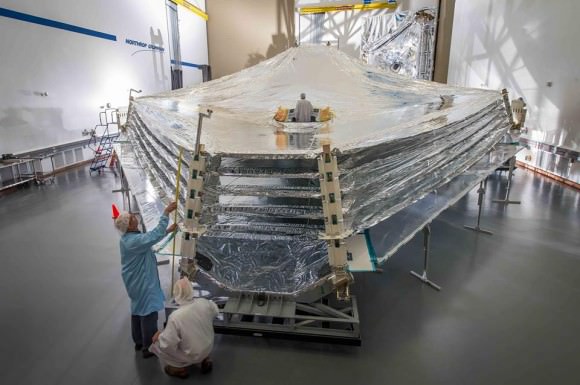
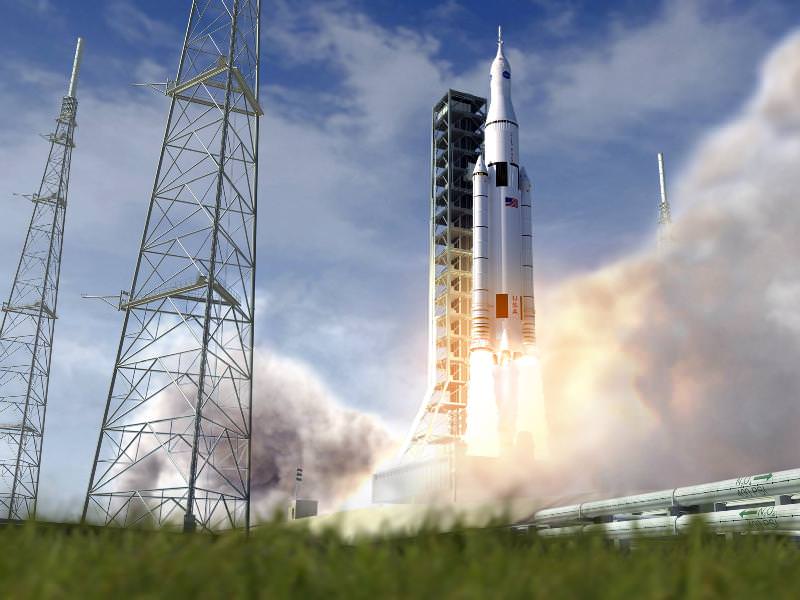
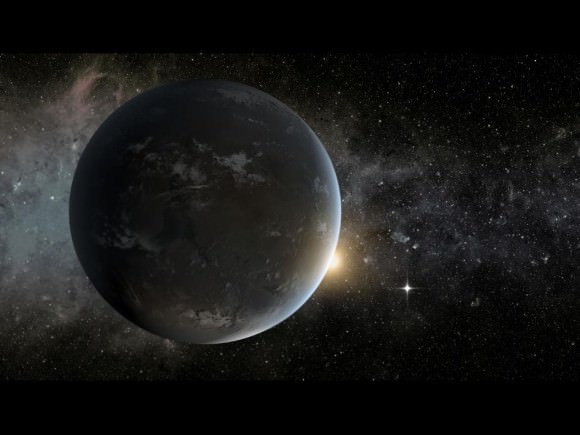
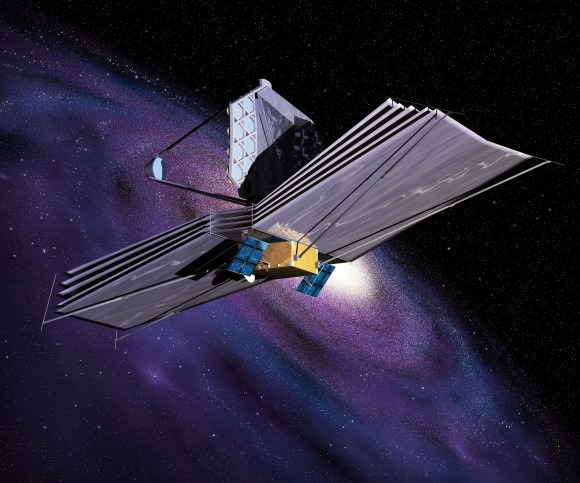
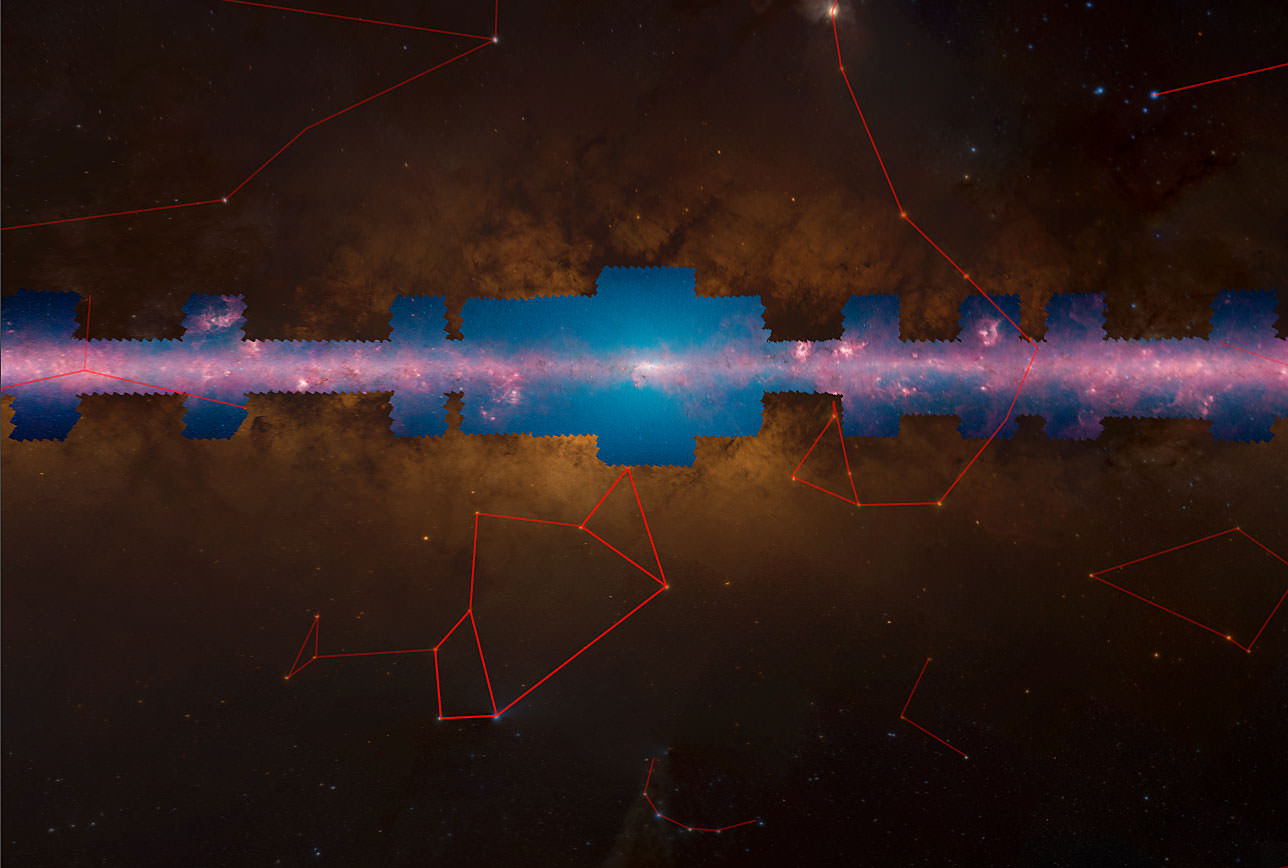
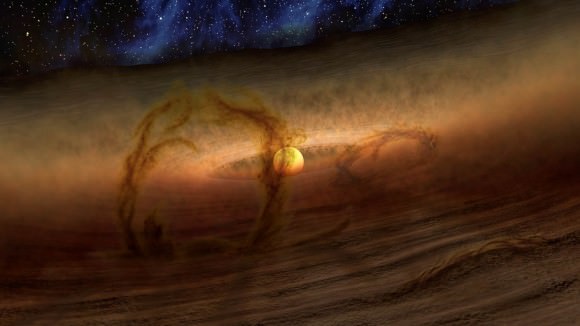
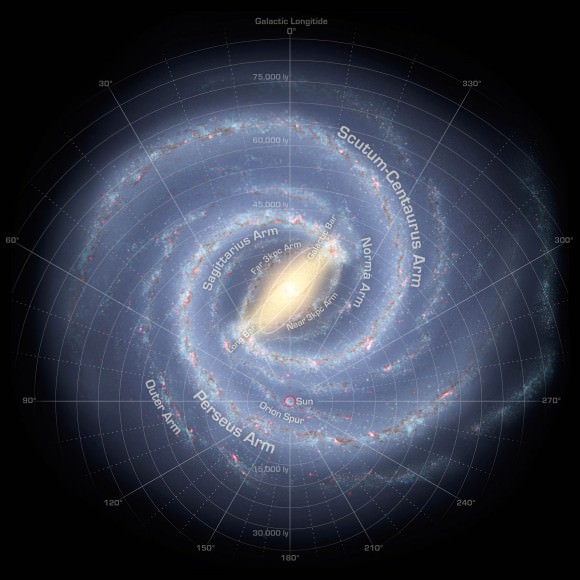
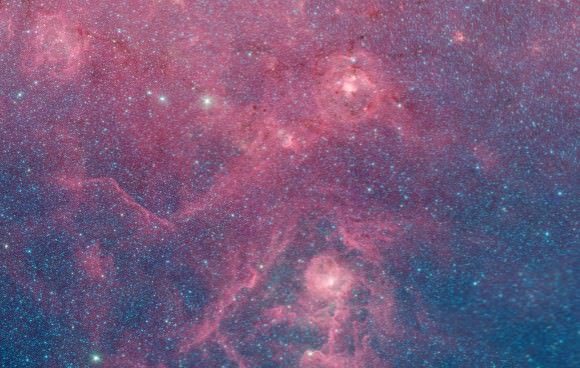
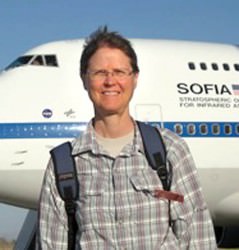
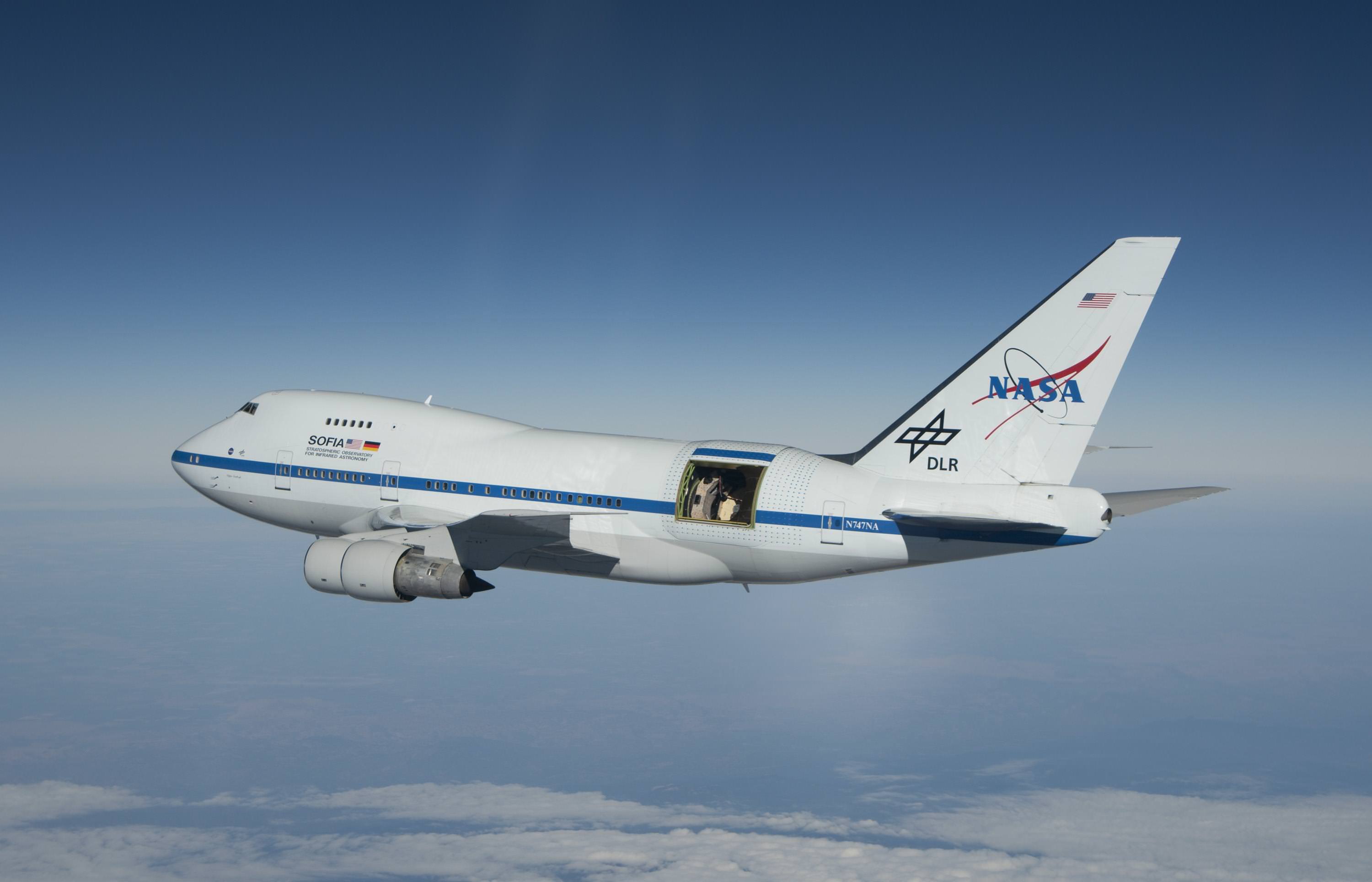
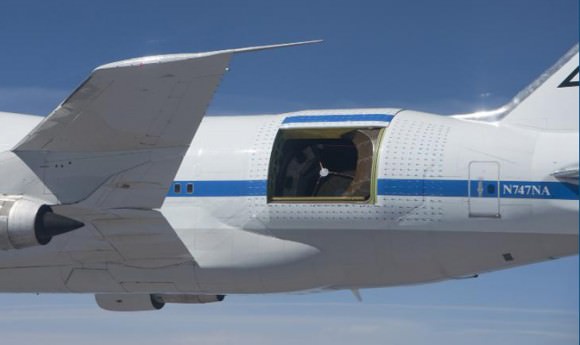

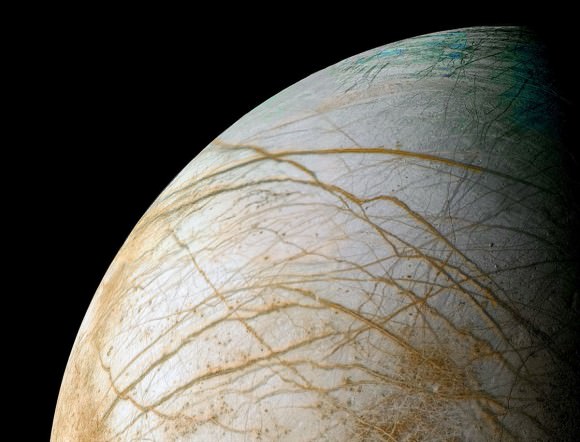
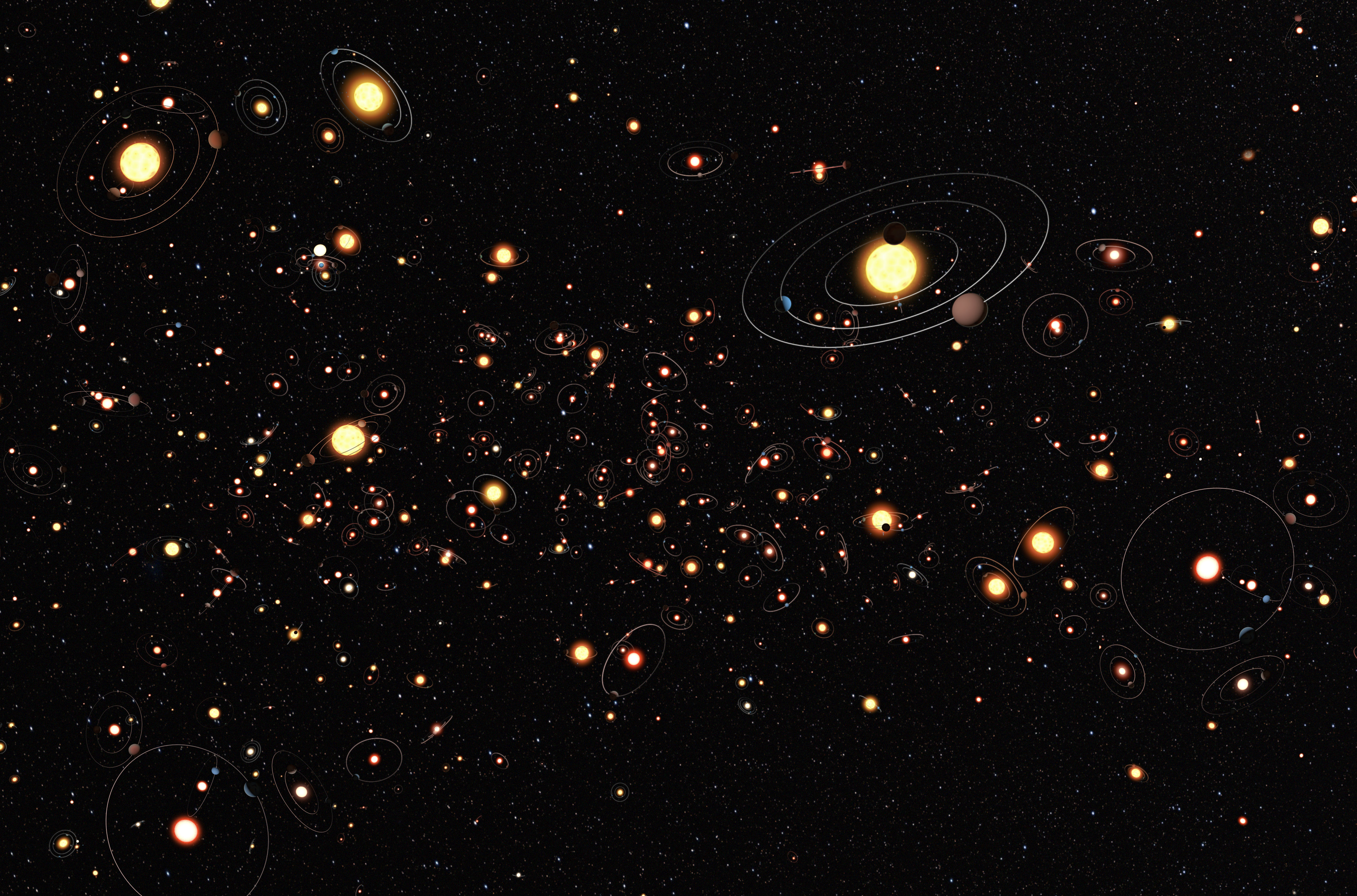
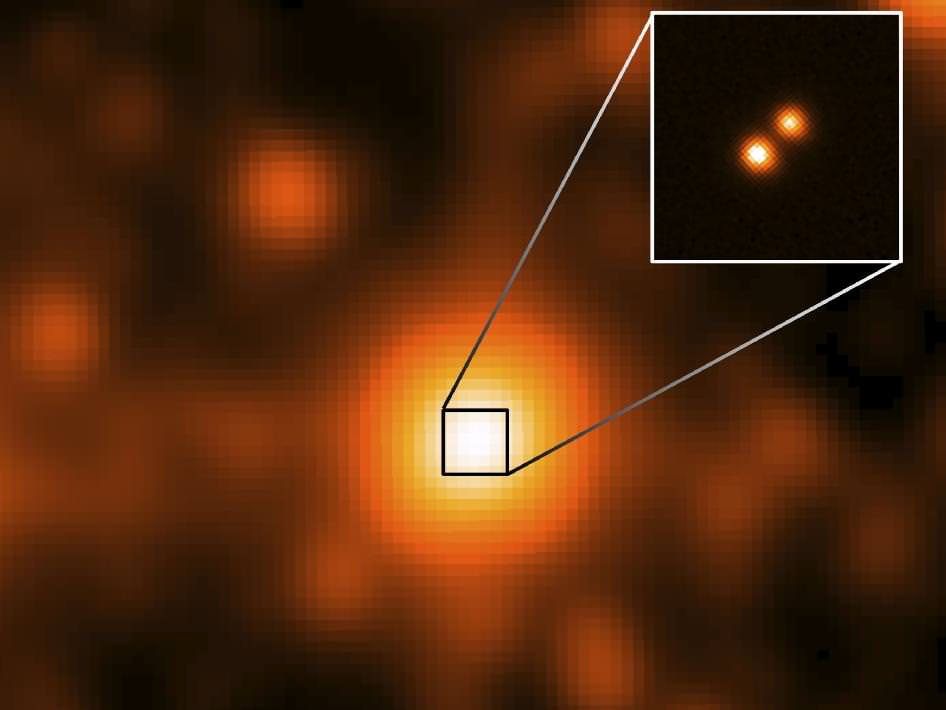
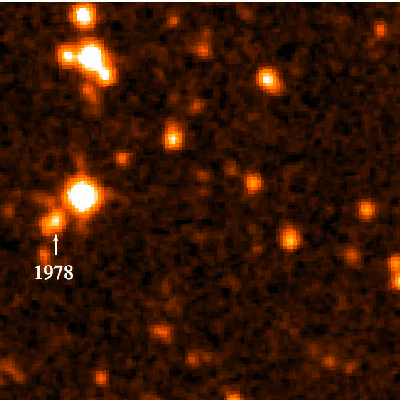
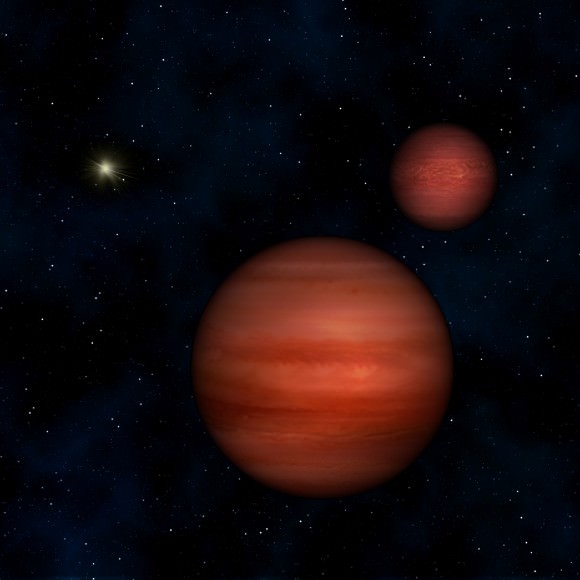
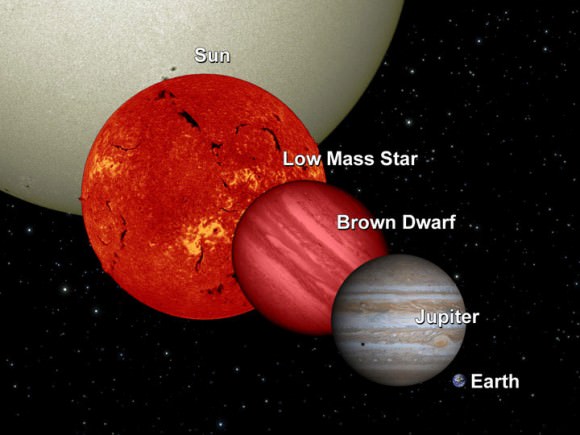
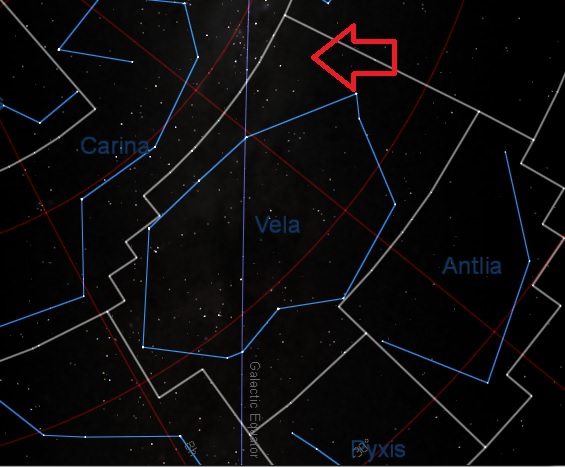

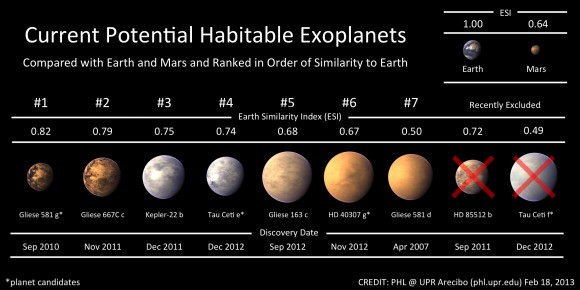
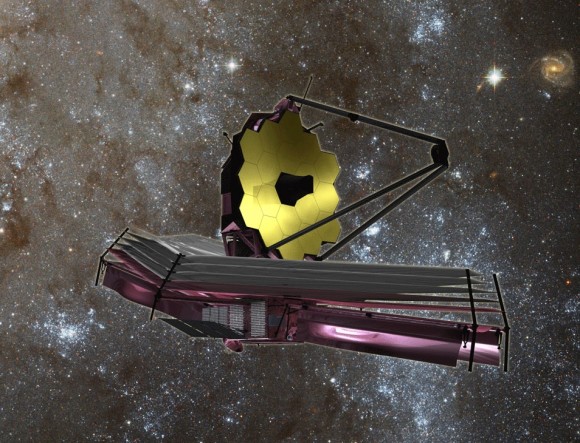
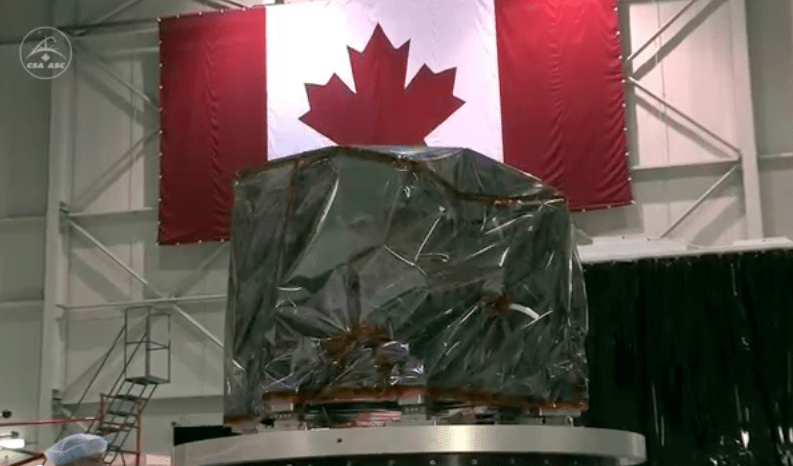
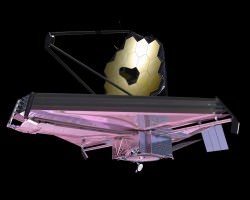 The FGS consists of two identical cameras that are critical to Webb’s ability to “see.” Their images will allow the telescope to determine its position, locate its celestial targets, and remain pointed to collect high-quality data. The FGS will guide the telescope with incredible precision, with an accuracy of one millionth of a degree.
The FGS consists of two identical cameras that are critical to Webb’s ability to “see.” Their images will allow the telescope to determine its position, locate its celestial targets, and remain pointed to collect high-quality data. The FGS will guide the telescope with incredible precision, with an accuracy of one millionth of a degree.